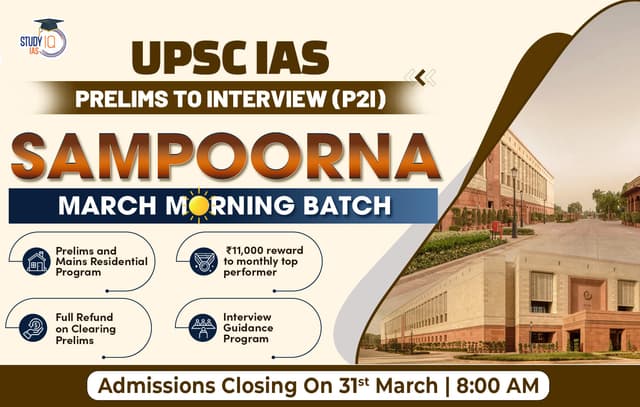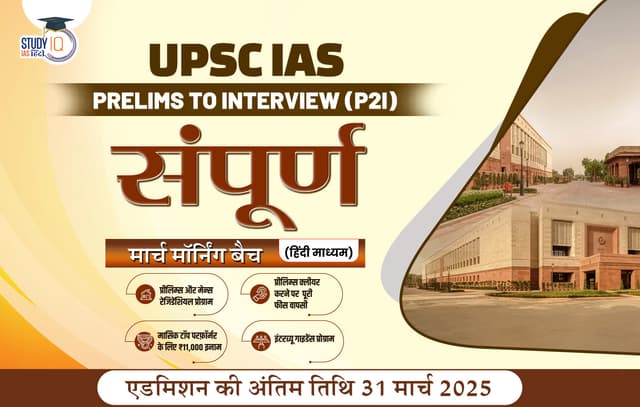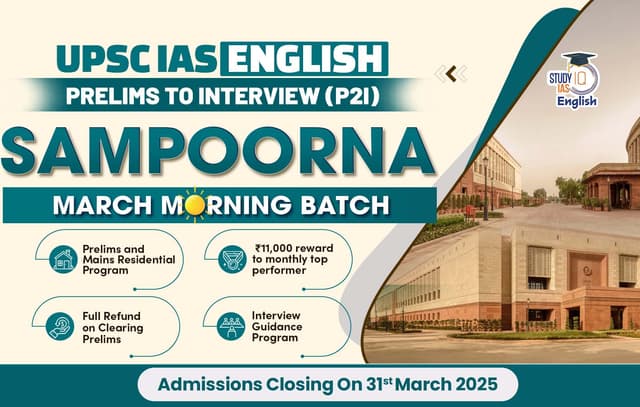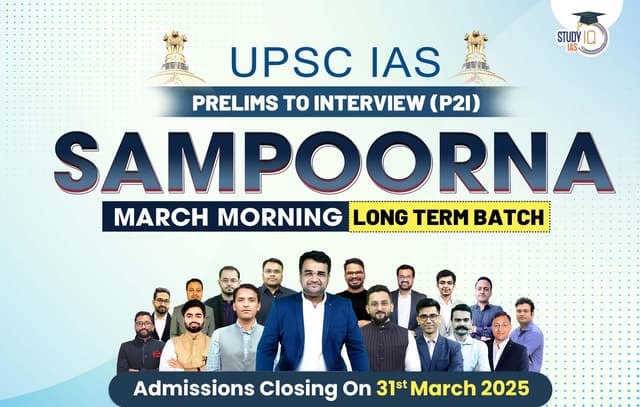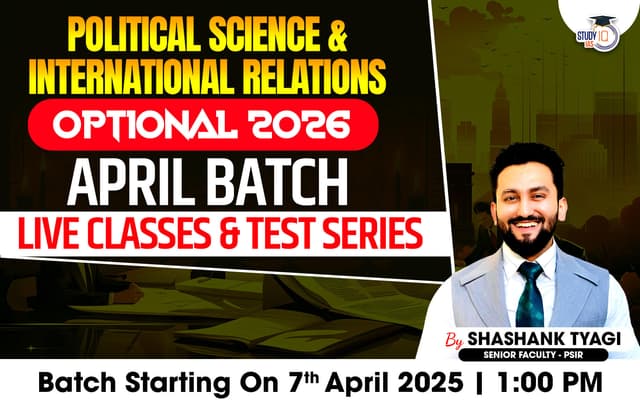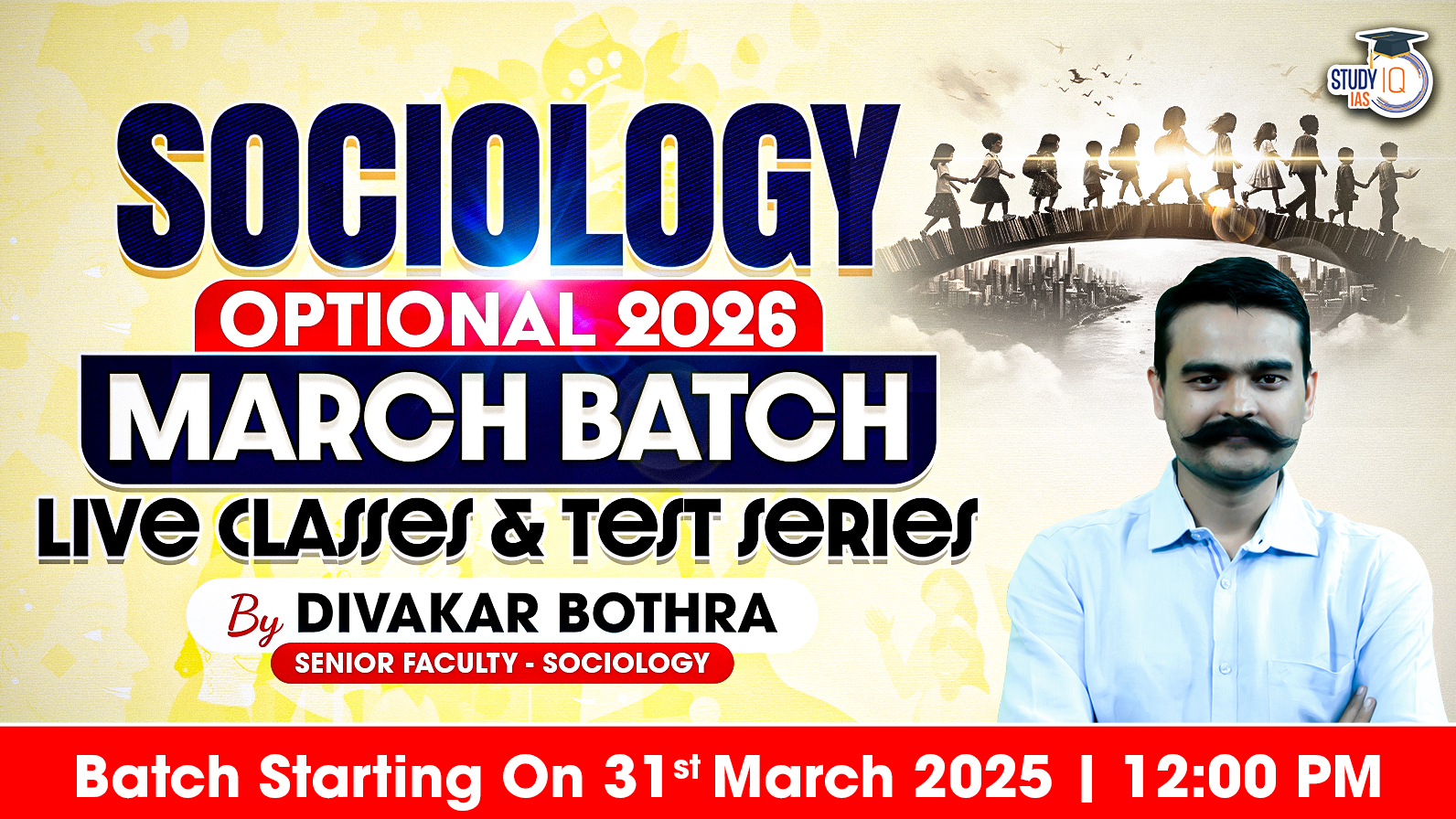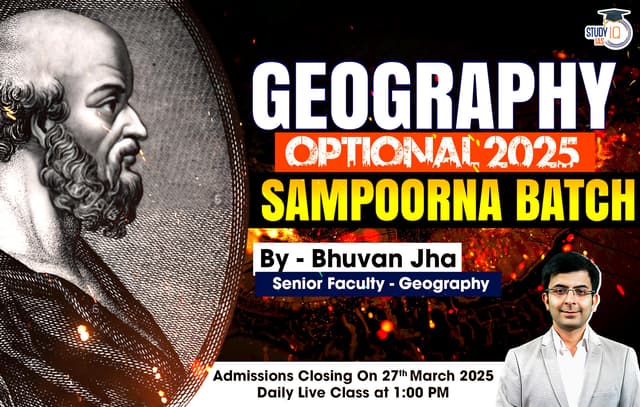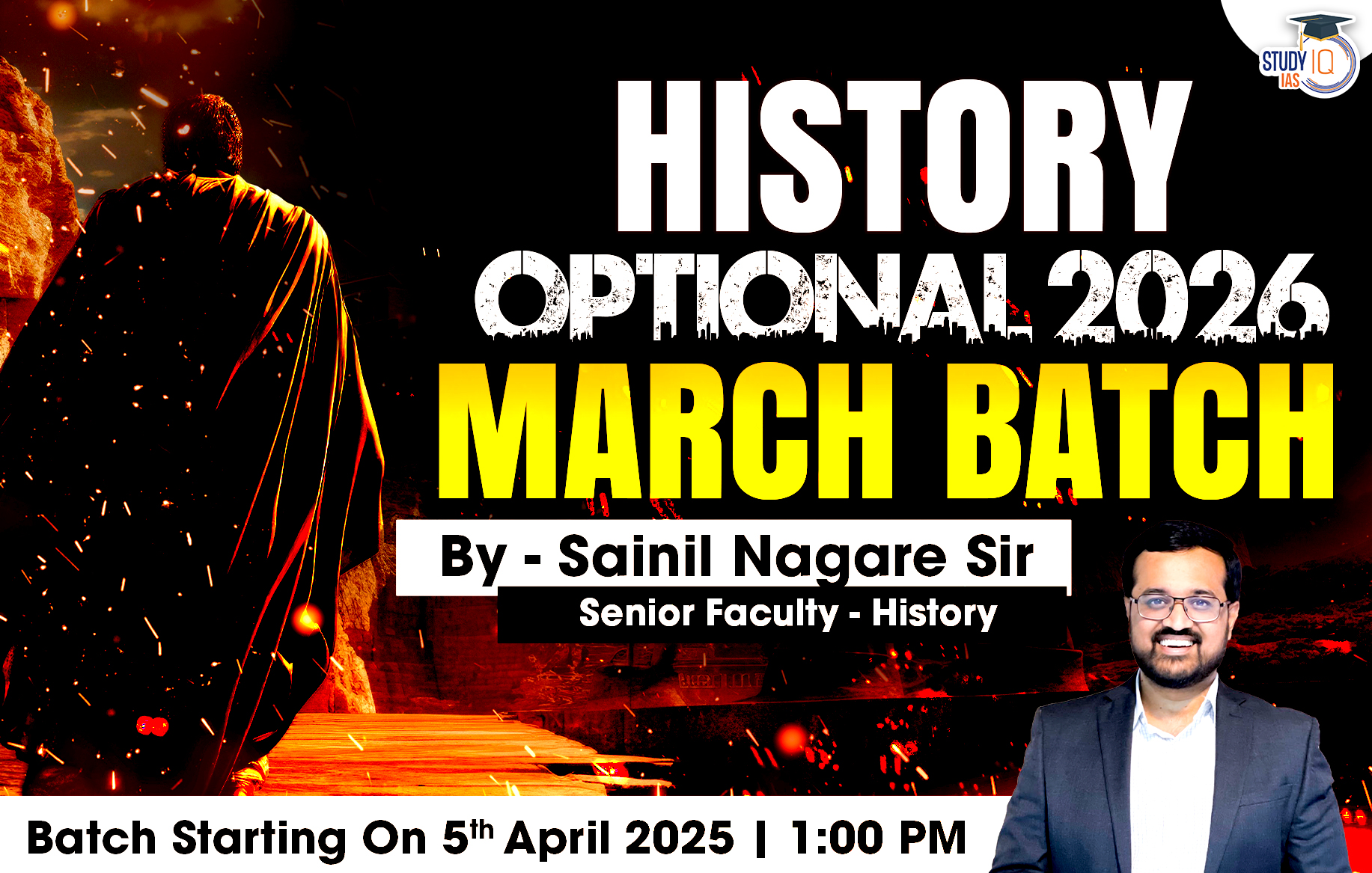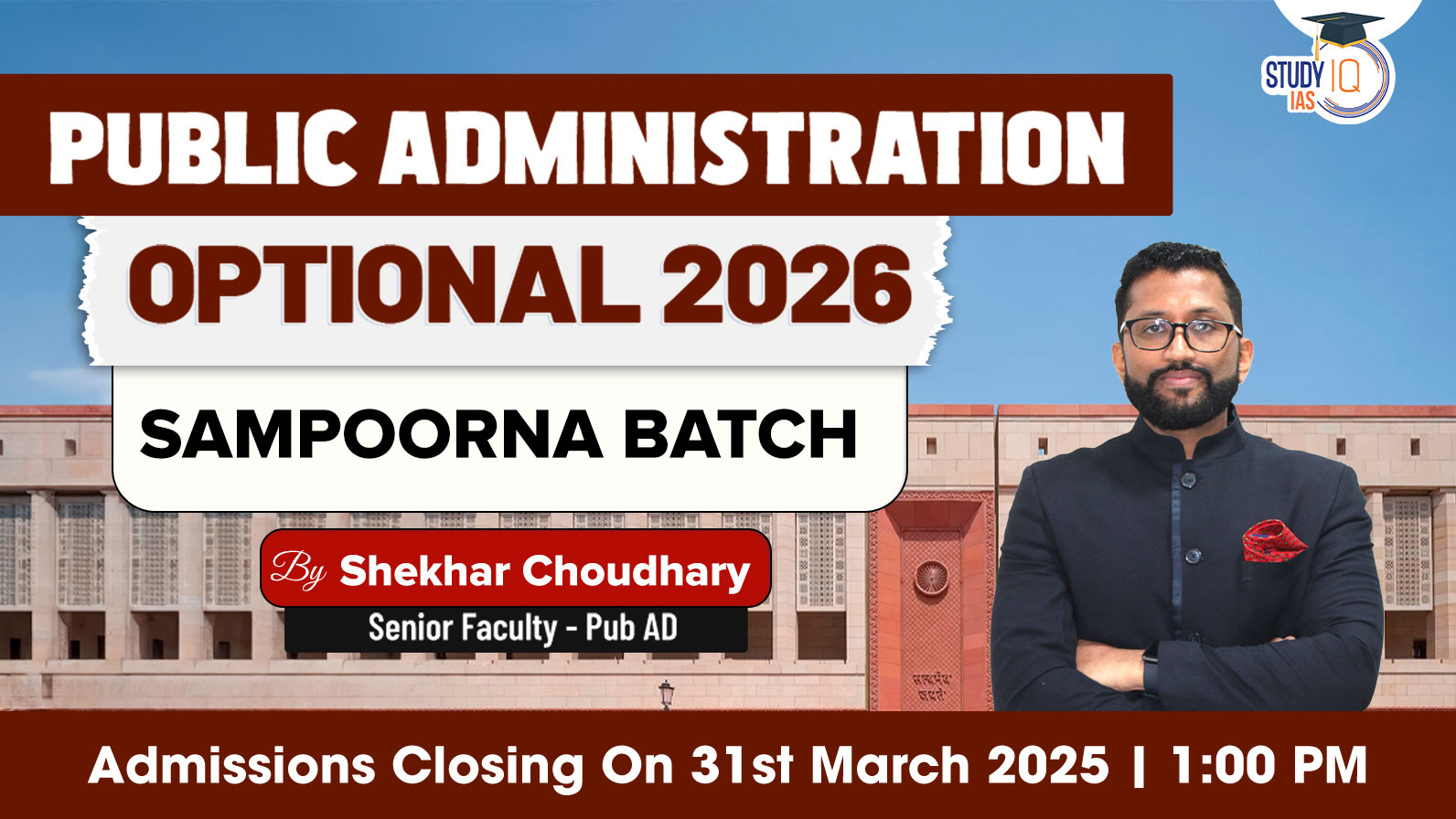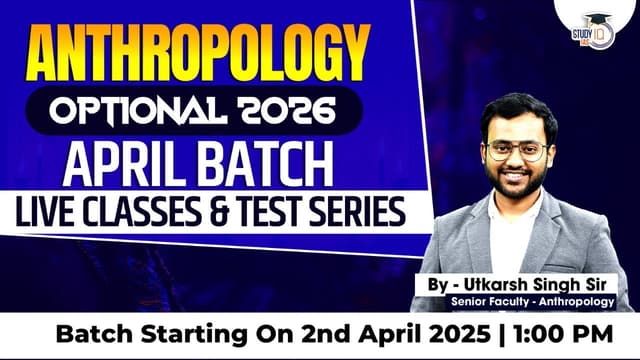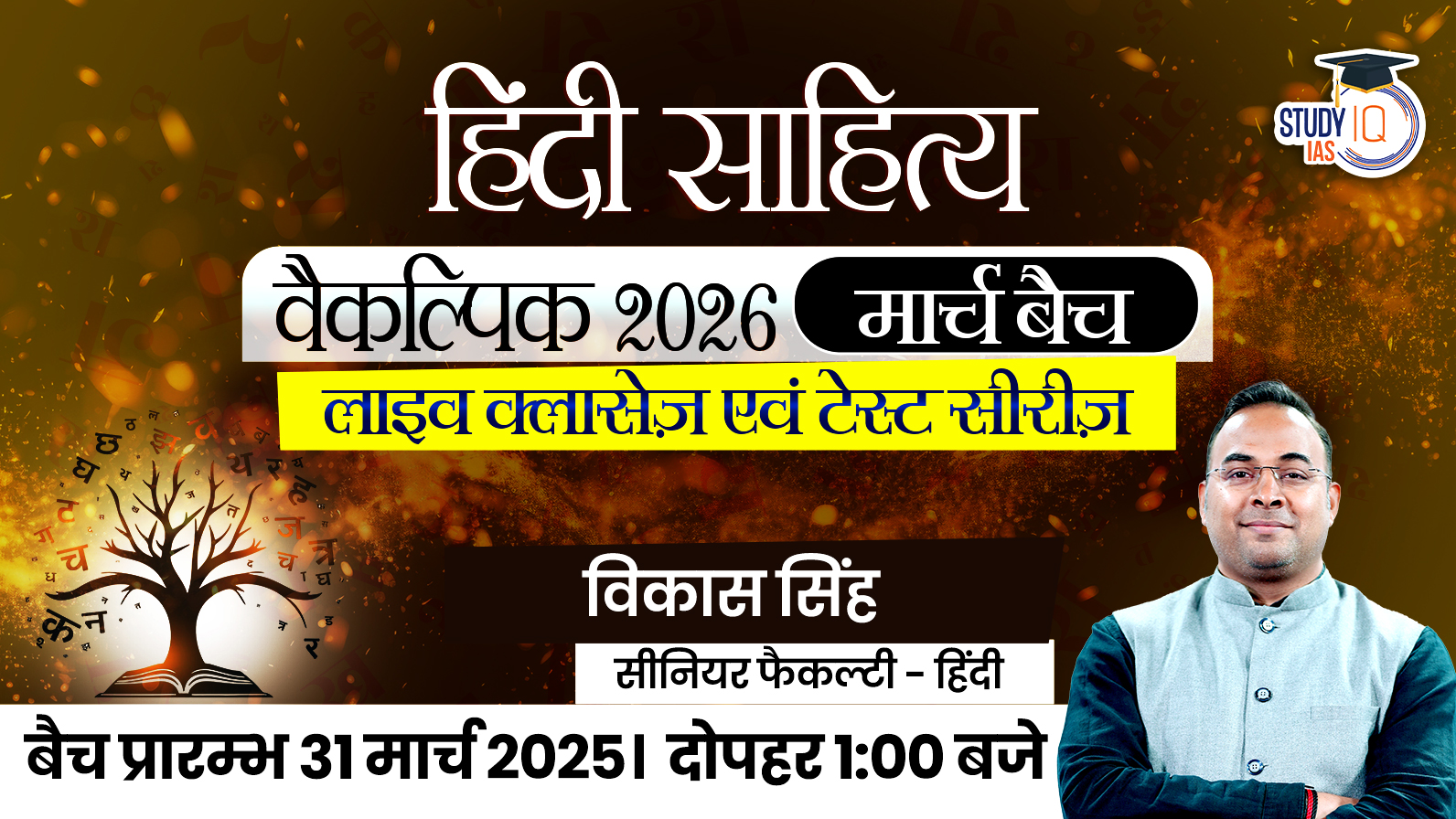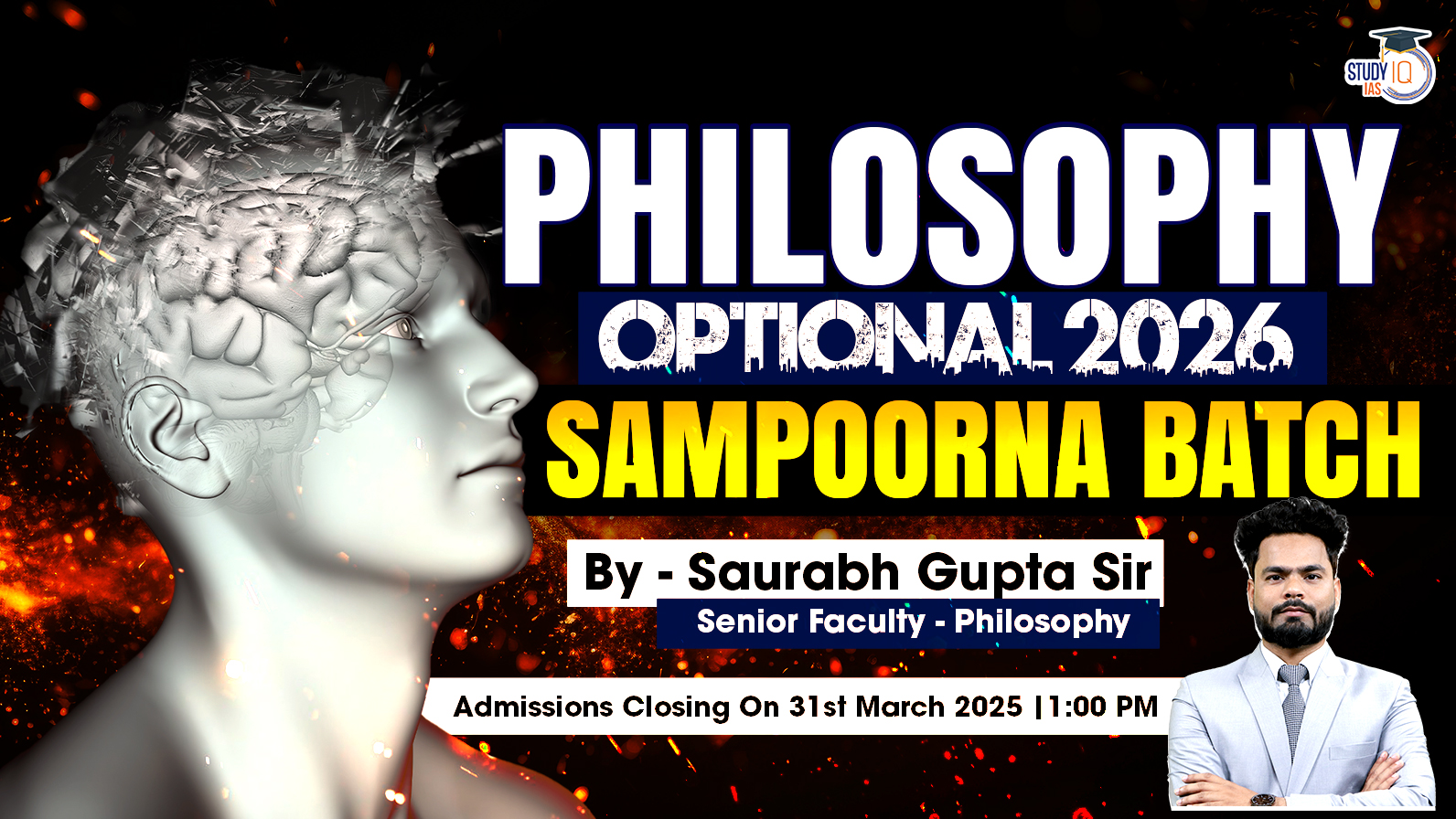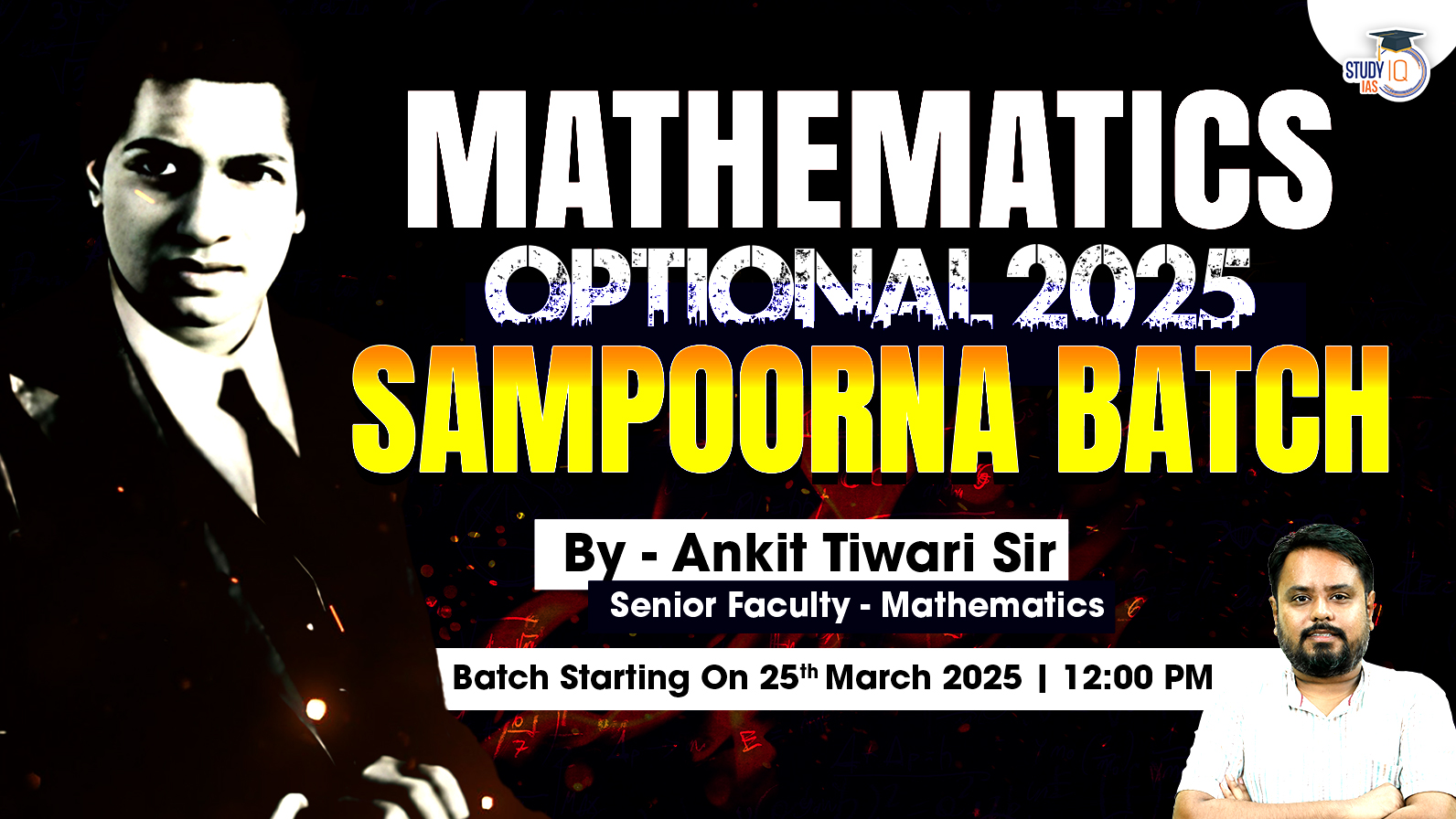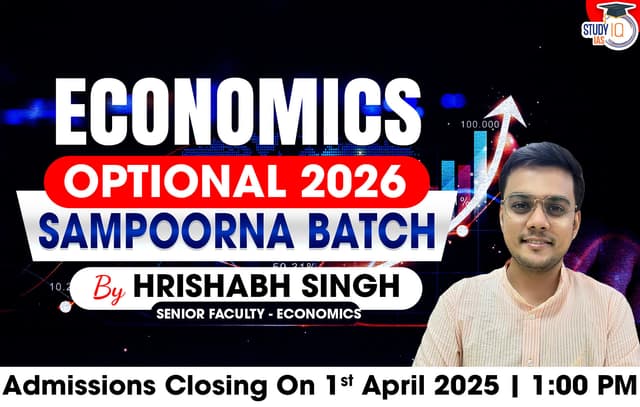Daily Current Affairs for UPSC 2023
Q) Recently seen in news, the Global Security Initiative (GSI) is launched by which one of the following country?
- India
- China
- Germany
- The United States of America
Daily Current Affairs for UPSC – 31 May April 2023
Explanation:
- Option (2) is correct: Global Security Initiative (GSI) is a China-led framework aiming to restore stability and security in Asia. It was stated that the five major pillars to implement GSI would be mutual respect, openness and inclusion, multilateralism, mutual benefit, holistic approach. Key Principles of GSI are as follows:
- Principle of Indivisible Security: With growing threats posed by unilateralism, hegemony and power politics, and increasing deficits in peace, security, trust and governance, mankind is facing more and more intractable problems and security threats.
- Asian Security Model: GSI calls for a “common, comprehensive, cooperative and sustainable” security and building an Asian security model of mutual respect, openness and integration”.
- Opposing Sanctions: This would oppose the use of unilateral sanctions and long-arm jurisdiction, appearing to refer to Western sanctions.
- Tackling New Cold War: Indo-Pacific’ strategy to divide the region and create a ‘new Cold War’, and the use of military alliances to put together an ‘Asian version of North Atlantic Treaty Organization (NATO).
Q) Consider the following statements about Centralized Laboratory Network (CLN):
- The main goal of the CLN is to test vaccinations that can be used in pandemics.
- India has recently joined the Centralized Laboratory Network.
- The CLN is a global network which consists of all the members of World Health Organization.
How many of the statements given above is/are correct?
- Only one
- Only two
- All three
- None
Explanation:
- Statements 1 and 2 are correct but statement 3 is incorrect: India has recently joined the Centralized Laboratory Network (CLN). The CLN is a global network consisting of 15 partner facilities in 13 countries. It operates under the umbrella of the Coalition for Epidemic Preparedness Innovations (CEPI). The primary objective of the CLN is to test vaccines that can be utilized during pandemics and epidemic disease outbreaks. It plays a crucial role in evaluating the safety, efficacy, and quality of potential vaccine candidates. By employing standardized methods and materials for testing, the network ensures consistency and reliability in the evaluation process. Furthermore, the CLN is actively involved in supporting the establishment of sustainable regional outbreak preparedness infrastructure.
Q) With reference to ‘Ahilyabai Holkar’, consider the following statements:
- Ahilyabai took control of Malwa after her husband’s death in the Battle of Kumbher.
- She contributed to rebuilding the Kashi Vishwanath temple in Varanasi in the 18th century.
- One of her major contributions to administration was that she separated the state’s revenue from the personal use.
How many of the statements given above is/are correct?
- Only one
- Only two
- All three
- None
Explanation:
- All statements are correct: Ahilyabai Holkar (1725 –1795) was born in Chondi village of Ahmednagar to the village head Mankoji Shinde. After her husband’s death in the Battle of Kumbher against the king of Bharatpur in 1754, Ahilyabai took control of Malwa. After the death of her father-in-law and son a few years later, she petitioned the Peshwa to become the ruler, backed by the support of her army. In 1767, Ahilyabai was crowned queen of Indore. Ahilyabai died in the year 1795 at the age of 70. She vested the military power in Tukoji Holkar, a confidante of her father-in-law though not related. She separated the state’s revenue from the personal use of the ruling family. Her personal expenses were met from inherited wealth and the land holdings she had. Hindu architecture was greatly advanced by Ahilya Bai, who built hundreds of temples and Dharmashalas across India. She is particularly well-known for restoring and rededicating some of the holiest Hindu pilgrimage sites that the Mughal Emperor Aurangzeb had desecrated and destroyed a century earlier. In 1780, she had the Kashi Vishwanath temple in Varanasi rebuilt, nearly a century after Mughal king Aurangzeb ordered its destruction. Somnath temple was rebuilt by Holkar in 1783. Holy sites like Badrinath, Dwarka, Omkareshwari, Gaya, and Rameswaram, Holkar also supported the construction of resting lodges for travellers, and of public ghats.
Q) Consider the following statements:
- The agricultural gross value added has declined as compared to the previous year.
- The gross value added by mining and quarrying has accelerated since 2022.
- The gross fixed capital information has been reflecting a sustained increase.
Which of the statements given above is/are correct?
- 1 and 2 only
- 2 and 3 only
- 3 only
- 1, 2 and 3
Explanation:
- Statements 1 and 2 are incorrect: The agricultural Gross Value Added (GVA) grew 4%, up from 3.5% in the previous year. The financial, real estate and professional services sectors GVA grew 7.1%, compared with 4.7% in 2021-22. Mining and quarrying GVA growth slowed to 4.6% from 7.1%. Electricity, gas, water supply and other utility services’ GVA rose 9%, only slightly slower than 9.9% in 2021-22. Public administration, defence and other services’ GVA grew only 7.2% in 2022-23, compared to 9.7% in the previous year.
- Statement 3 is correct: Exports of goods and services accounted for 23.5% of GDP, the highest since 2014-15. Private consumption hit the highest level since 2006-07 at 58.5%. Gross fixed capital information, reflecting a sustained increase, is at the highest point since 2013-14 at 34% of GDP. The agriculture sector’s growth and the revival of the manufacturing industry have propelled India’s economy towards a brighter and more prosperous future.
Q) With reference to ‘Graphene’, consider the following statements:
- The majority of light is absorbed by graphene, making it almost completely opaque.
- Graphene is commonly used in the desalination projects.
Which of the statements given above is/are correct?
- 1 only
- 2 only
- Both 1 and 2
- Neither 1 nor 2
Explanation:
- Statement 1 is incorrect: Graphene is an allotrope of carbon, made up of a single layer of atoms (1 atom thick) arranged in a hexagonal lattice nanostructure. It is the world’s thinnest, strongest, and most conductive material of both electricity and heat. Graphene’s electricity conducting capacity is better than copper. Graphene is about 200 times stronger than steel but six times lighter. Graphene absorbs only 2% of light and is almost perfectly transparent. Graphene does not allow gases to pass through, even those as light as hydrogen and helium.
- Statement 2 is correct: Graphene is used in manufacturing of high-performance batteries, super-capacitors, touch-screens, and conductive inks. Sensors containing graphene is used for environmental monitoring, healthcare and wearable devices. Graphene is used for water purification and desalination. Being sensitive to environmental changes, it is best suitable for sensing chemical and biological agents, explosives, radiation, and other hazardous substances.


 In-House Removal Process for High Court ...
In-House Removal Process for High Court ...
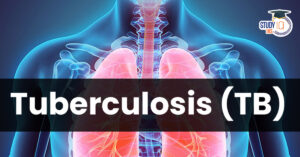 Tuberculosis (TB), Symptoms, Causes and ...
Tuberculosis (TB), Symptoms, Causes and ...
 Places in News for UPSC 2025 for Prelims...
Places in News for UPSC 2025 for Prelims...

